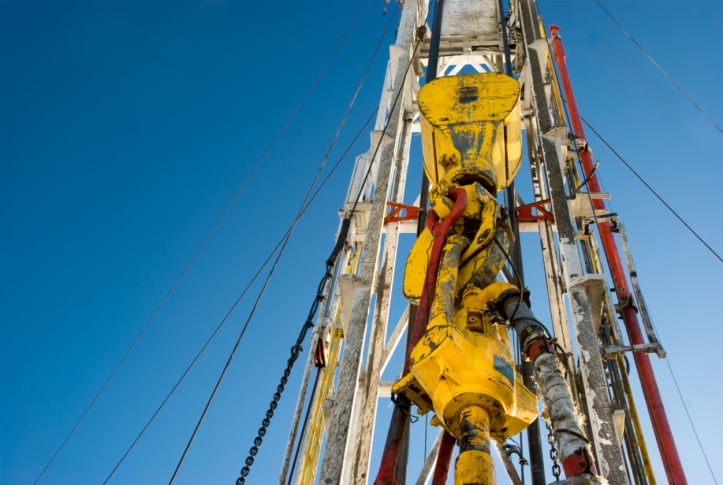Energy
Are Oil & Gas Producers Fracking Wells at Depths That are Too Shallow?
Published:
Last Updated:

The study was completed by Stanford’s Robert Jackson and colleagues and published in the “Environmental Science & Technology” journal. The researchers analyzed fracturing depths and water use for approximately 44,000 wells reported during the period between 2010 and 2013.
The average well fracking depth in the U.S. is 8,300 feet, but 6,900 (16%) were fracked at less than a mile below the surface and 2,600 (6%) at less than 3,000 feet. The researchers reported 850 wells in Texas, 720 in California, 310 in Arkansas, and 300 in Wyoming that were fracked at less than 3,000 feet.
Nationally the average amount of water used per well was reported as 2.4 million gallons. Leading water users were Arkansas (5.2 million gallons), Louisiana (5.1 million gallons), West Virginia (5 million gallons), and Pennsylvania (4.5 million gallons).
Some 2,000 wells shallower than one mile and 350 wells shallower than 3,000 feet were fracked with more than 1 million gallons of water. This practice was most common in Arkansas, New Mexico, Texas, Pennsylvania, and California. The researchers noted:
Because hydraulic fractures can propagate 2000 ft upward, shallow wells may warrant special safeguards, including a mandatory registry of locations, full chemical disclosure, and, where horizontal drilling is used, predrilling water testing to a radius 1000 ft beyond the greatest lateral extent.
The study calls into question at least in some cases the oil & gas industry’s claim that fracking occurs at depths so far below the water table as to make virtually impossible for contaminants to enter the water supply. A study released last year by Jackson and others, that oil & gas drillers used a production method called acid stimulation and hydraulic fracturing to drill wells near the Pavillion, Wyoming, gas field that contains both natural gas and sources of drinking water.
In 2011 the U.S. Environmental Protection Agency (EPA) noted the shallowness of the some wells in the Pavillion field. Fracking occurred at one well at a depth of about 1,200 feet. Some domestic and stock wells are as shallow as 800 feet.
ALSO READ: The 10 Most Oil-Rich States
Take the quiz below to get matched with a financial advisor today.
Each advisor has been vetted by SmartAsset and is held to a fiduciary standard to act in your best interests.
Here’s how it works:
1. Answer SmartAsset advisor match quiz
2. Review your pre-screened matches at your leisure. Check out the
advisors’ profiles.
3. Speak with advisors at no cost to you. Have an introductory call on the phone or introduction in person and choose whom to work with in the future
Take the retirement quiz right here.
Thank you for reading! Have some feedback for us?
Contact the 24/7 Wall St. editorial team.